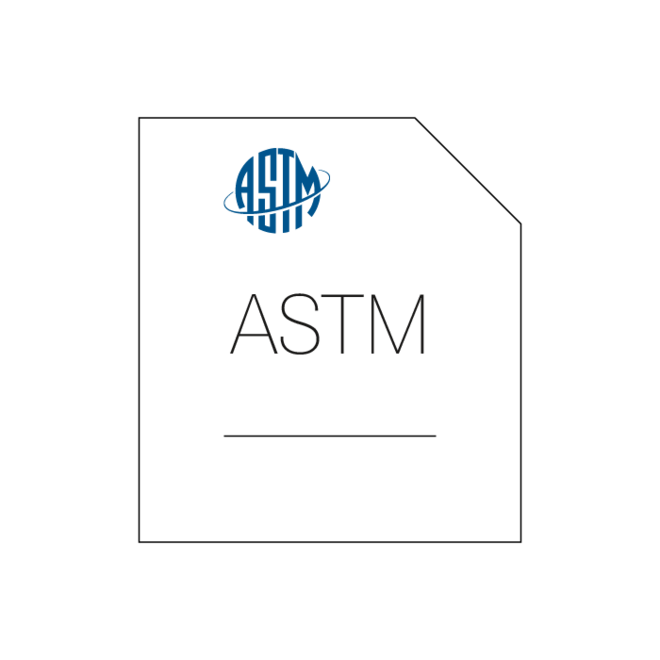Jetzt anpassen und kaufen
90,00 €
exkl. USt.
Konfigurieren


Norm
ASTM C 1720
Ausgabedatum: 2011
Standard Test Method for Determining Liquidus Temperature of Immobilized Waste Glasses and Simulated Waste Glasses
1.1 These practices cover procedures for determining the liquidus temperature ( T ) of nuclear waste, mixed nuclear waste, simulated nuclear waste, or hazardous waste gla...
Weiterlesen
Herausgeber:
American Society for Testing and Materials
Format:
Digital | 21 Seiten
Sprache:
Englisch
ICS
1.1 These practices cover procedures for determining the liquidus temperature ( T <(Index)L>) of nuclear waste, mixed nuclear waste, simulated nuclear waste, or hazardous waste glass in the temperature range from 600 ° C to 1600 ° C. This method differs from Practice C829 in that it employs additional methods to determine T <(Index)L>. T <(Index)L> is useful in waste glass plant operation, glass formulation, and melter design to determine the minimum temperature that must be maintained in a waste glass melt to make sure that crystallization does not occur or is below a particular constraint, for example, 1 volume % crystallinity or T <(Index)1%>. As of now, many institutions studying waste and simulated waste vitrification are not in agreement regarding this constraint (1) . 1.2 Three methods are included, differing in ( 1 ) the type of equipment available to the analyst (that is, type of furnace and characterization equipment), ( 2 ) the quantity of glass available to the analyst, ( 3 ) the precision and accuracy desired for the measurement, and ( 4 ) candidate glass properties. The glass properties, for example, glass volatility and estimated T <(Index)L>, will dictate the required method for making the most precise measurement. The three different approaches to measuring T <(Index)L> described here include the following: ( A ) Gradient Temperature Furnace Method (GT) , ( B ) Uniform Temperature Furnace Method (UT) , and ( C ) Crystal Fraction Extrapolation Method (CF) . This procedure is intended to provide specific work processes, but may be supplemented by test instructions as deemed appropriate by the project manager or principle investigator. The methods defined here are not applicable to glasses that form multiple immiscible liquid phases. Immiscibility may be detected in the initial examination of glass during sample preparation (see 9.3). However, immiscibility may not become apparent until after testing is ....(abbreviated)
